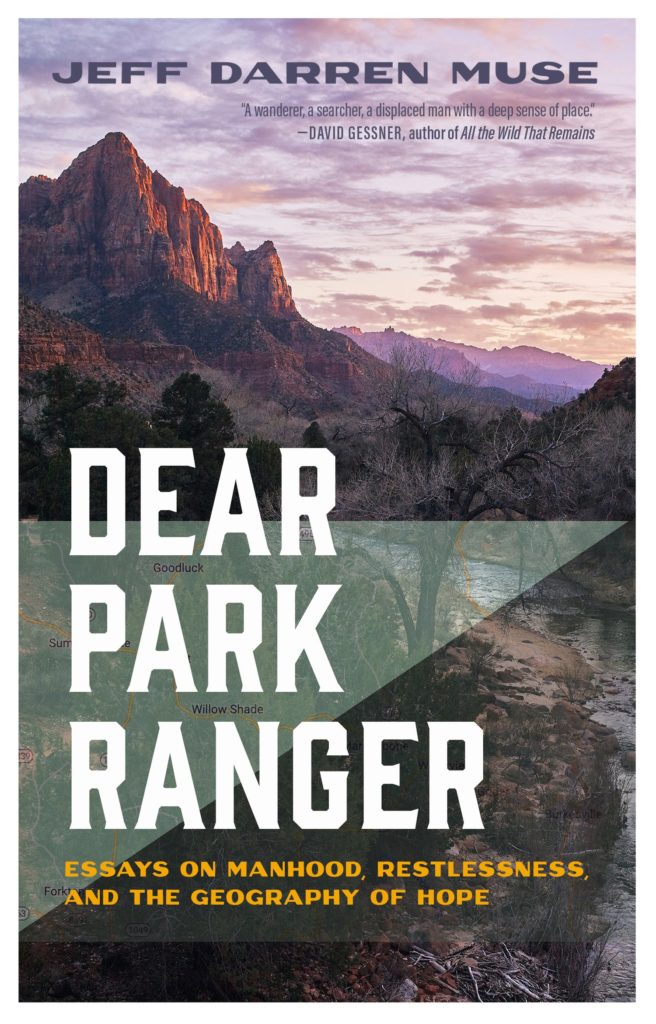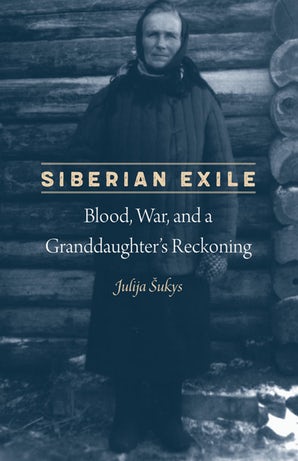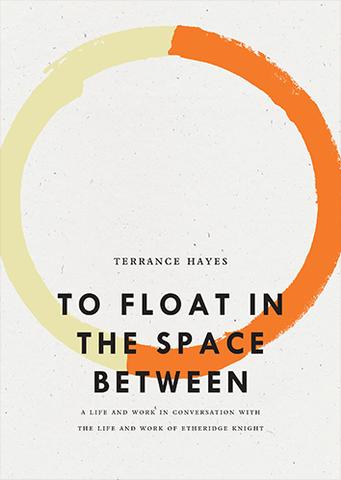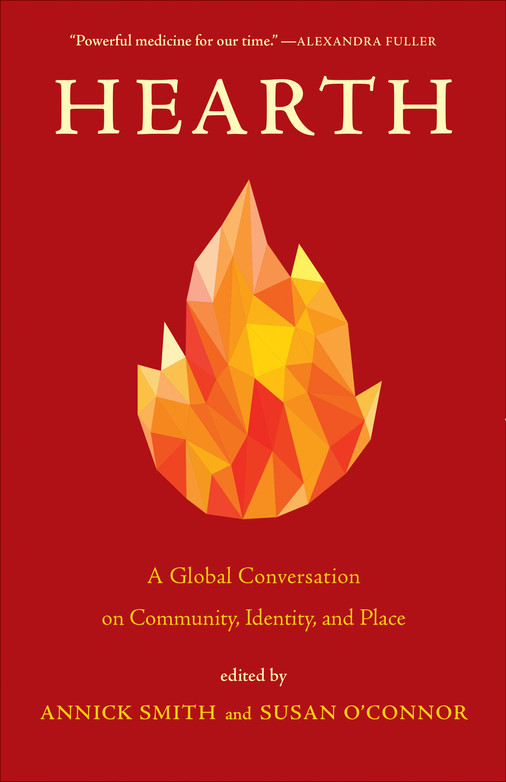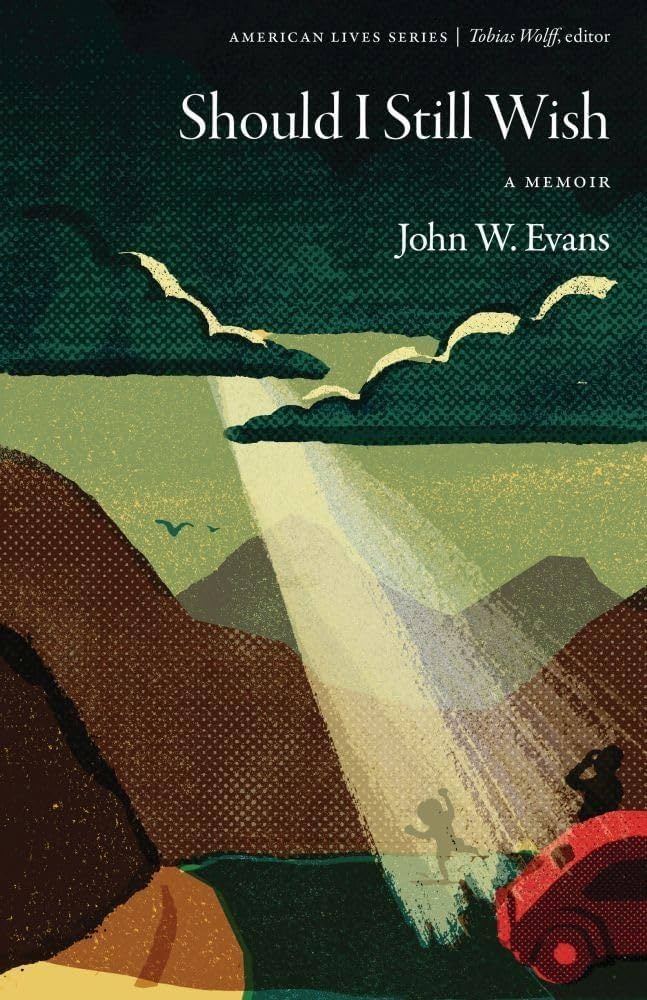By Marilyn Bousquin
Ordinary Trauma by Jennifer Sinor
Jennifer Sinor’s birth, which is anything but ordinary, sets up the thematic trajectory of Ordinary Trauma, a coming-of-age memoir that doubles as a father-daughter story. In the opening chapter, titled “The Bucket,” we meet Jennifer’s father in the waiting room of the obstetrics ward of Kingsville County Hospital: “A man used to being in charge, only recently released from his tour of duty in Vietnam where he had served as a legal advisor, he does not wait well.” When the doctor finally “bursts into the waiting room,” it is to tell the expectant father that he must choose between his wife and his baby: Saving one will mean the death of the other. “Faced with the possibility of losing the woman that he loves, the young man chooses his wife. He lets the daughter go.” That decision lands infant Jennifer in a bucket—a literal bucket—where she’s left for dead, the cord still wrapped around her neck, until an older doctor “sees the bucket holding the discarded baby on the floor. . . . From what will forever be known as The Dead Baby Bucket, the doctor pulls the baby out. Though bloody and broken and blue from lack of heat and oxygen, it is breathing. The dead baby breathes.”
The bucket is but the first in a string of traumas that accumulate in Jennifer’s young life. To name a few: her youngest brother Bryan is critically burned at birth then nearly drowns as a toddler in the family pool; Jennifer, age seven, hits her head on the concrete basement floor and suffers a severe trauma; her grandfather (her father’s father) molests her. These traumas are exasperated by her father’s volatile temper and his military-style demands for perfection that instill in Jennifer a formidable fear of failure. Yet Sinor locates her father’s explosive nature in a history of familial violence that is rooted in poverty—her father’s father was “sold as an apprentice at the age of twelve”—a move that highlights the complex nature of family trauma and humanizes her father.
Meanwhile, by the time the family arrives in Hawaii, where they are stationed a few years after her birth, “no stranger could have read traces of [my birth] trauma on my skin.” Yet that perennial bucket—life vs. death—is always in tow: “I look at pictures of me at five, eyes squinting tight against the Hawaiian sun, standing at the edge of the surf, holding my pail and shovel like a sword and shield.” Even at five, her birth behind her—it is behind her, right?—she’s still fighting for her life, a child at play: sword and shield.
Told in eighty-seven vignette-like chapters that loosely adhere to a coming-of-age time-line, this story periodically bucks linear chronology in service of a deeper “emotional chronology”—Jennifer’s desire to please her father on the one hand and to be herself on the other, competing desires increasingly hampered by his exacting nature. His unpredictable outbursts fan her anxiety throughout her growing up years and undermine her perpetually floundering—indeed, diminishing—sense of self.
Her father’s “temper can ignite at any moment, can choose any target or flare at anything in its path. Part of the reason I don’t mind my father’s long hours [he works at the Pentagon] is that it means I don’t have to navigate the minefield of his moods.” But there’s a deep-seated catch: “As soon as he is gone, taking his smoldering rage with him, I wish him back again. I want to please him, earn his favor.” This desire begets in Sinor a formidable perfectionism that manifests as depression in high school and later, in college, as a severe eating disorder.
Yet in the book’s central irony, it is her father, a U. S. Navy maritime law specialist, who teaches her the fortitude, smarts, and courage to fight for herself in the face of life’s inevitable undertows. When she is eleven he tells her, using ocean waves as a metaphor:
Waves arrive in sets of seven . . . and within each set of seven the waves increase in size, the next always bigger than the last. In addition, each set of waves also increases through seven sets of seven, the forty-ninth wave, then, being the largest of the series.
He dispenses these “rules of the sea” during the family’s second tour of duty in Hawaii, which takes place in Chapter 46, one of four chapters titled “The Wave” that appear one right after another—like literal waves—in the center of the book. Structurally, these chapters mimic the nature of the traumas that roll into Jennifer’s life, each one building on the one that came before: “If a wave were big enough, it could put me into ‘the washing machine.’”
But, her father tells her, every wave has “a pocket of safety, a pocket of calm.” The trick, then—in the ocean and, we understand, in life—is to find the pocket.
How?
“‘You dive,’” he tells her.
Adolescent Jennifer hears him say die not dive, a reminder that, on some level, The Dead Baby Bucket skews—or, from a craft perspective, “slants”—her perceptions as an adolescent, right down to how she hears things, especially the things her father says.
But does being left for dead in a bucket at birth—not to mention the succession of traumas that befall Jennifer and her family in the years following her birth—qualify as “ordinary trauma”?
Sinor addresses the larger meaning of “ordinary trauma” so that readers understand what’s at stake for a narrator who sees little difference between the ordinary and the extraordinary. She does this by mixing points of view and interrogating her Dead-Baby self, as the following four passages reveal:
In her thirties, The Dead Baby will study trauma. Ordinary trauma. She will write about military children whose boots never touch the ground but who instead ride the backs of deactivated missiles while their parents meet and greet at the base chapel, who stand on the shore and wave to their fathers who line the decks of destroyers in orange life preservers, who sit in the backseat of the station wagon as it weaves between antiterrorist barricades in order to get home. For them, no division exists between a battlefield and a bedroom. Every day their fathers prepare for war. This reality is their ordinary and made to appear ordinary by the same military that transforms individuals into corp.
The ordinary passes unnoticed. It is all we do not see in our days. Were we to remark on an event—the Marine with the gun at the gate who salutes our car—then it would no longer be ordinary. The ordinary leaves no mark, creates no stories.
How, The Dead Baby wonders in her thirties, might you document moments that pass unnoticed—that were made to pass unnoticed—but that undid you nevertheless?
It is only decades after her service has ended that she can start to put these things together, place them side by side, begin to fathom how the past is never past, anger is not the absence of love, and buckets come with handles for carrying.
Sinor draws on emotional chronology to set up her resolution. By Chapter 84 we’ve followed her from birth to marriage, yet this chapter finds twelve-year-old Jennifer back on the beach in Hawaii with her friend Kate and Kate’s mom. When Kate asks her mom if they can swim, Jennifer is certain she’ll say no—they’re not wearing bathing suits—but Kate’s mom says yes:
I am not allowed to swim without a bathing suit, without a towel, without the sun to dry my skin before getting into the car. I am not allowed in the water after dark, without a lifeguard, too soon after eating a meal. I cannot swim in my clothes, my underwear, my gold belt even.
And yet, I am.
The words “I am” reverberate with meaning—I am swimming in my clothes, I am who I am, I am alive—and anticipate Jennifer’s realization as a young adult earning her master’s degree that her father’s love outweighed his anger and enabled her to become herself, as her valedictorian remarks demonstrate:
What she is really describing in her speech is not just what it takes to stay afloat, but the miracle of breathing at all. Because when her father tickled her and she took the sea into her nose and throat, she was, yes, terrified, but also fully present. The sky vaulted above her, the amniotic waters held her, and she turned her attention to the most ordinary of acts, breathing in and breathing out. What was ordinary became marked and necessary. It was given its place. Terrifying exhilarating, all at once. There in the ocean, under the sun, scared and laughing, she was alive.
I am.
The penultimate chapter titled (again), “The Bucket,” shows the young adult Jennifer, in her mid-twenties, back on a beach collecting shells, pail in hand, rescuing herself after her “failed” marriage—a “failure” that her father previously assured her was not her fault—filling her bucket with treasure, not trauma, as we head into the final chapter.
Have I mentioned the kahuna, “the rogue wave . . . the one that will take you down, pull you out, roll you over”? Young Jennifer is tested by a literal kahuna in Chapter 49—“the forty-ninth wave, then, being the largest of the series”—but it’s a metaphoric kahuna that rises in the final chapter titled, “The Birth.” A literal birth that will deliver us full circle back to Chapter 1. “The Bucket,” yes, there’s that, but in a breathtaking finale that showcases Sinor’s sentence wizardry—she can pull you beneath the surface of her story into “the washing machine” where she leads you through sentences that churn with her life’s cumulating traumas and toss and tumble you heady with awe at her ability to hold her semantic breath for so long—adult Jennifer, now in her mid-thirties, giving birth, dives into a contraction:
Deeper and deeper I dove, searching for the heart of the pain, the beginning place. I swam past my brother lying on the bottom of the pool, his hair waving like seaweed in the wake of my kick, his disposable diapers bloated with chlorinated water, past the pocket I knew could never keep me safe, safe no longer even seemed like a reasonable concept, a thing worth seeking, laughable, past the bottom, the coral, the reef, the sandy floor, past the scalding water searing Bryan’s . . . newborn skin, the nurse already gone, fire licking at his ankles, his thighs, the tiny curve of his bottom, past the marlin, sides beaten to a pulp, eye shattered like the ice on a pond just before it gives way, past the broken records, broken heads, broken treaties, broken promises—the one to keep you safe, the one till death do you part, the one not to eat that brownie, that pie, that peanut butter sandwich—until I heard screams and then I stopped.
She stops only long enough for us to catch our breath before she dives into another pulsing sentence that takes us deeper into herself where she stakes her claim on “I am.” Without giving away the ending, I will tell you this: that breathtaking sentence yields a bucket, and in that bucket, a treasure.
The Dead Baby?
She lives.
The University of Utah Press
$19.95 Paperback | $16.00 eBook | Buy Here!
Marilyn Bousquin is founder of Writing Women’s Lives™ Academy. Known as an integrative writing coach, her holistic approach to writing integrates the craft skills essential to writing memoir with the consciousness work necessary for women to claim their voice and their story from the cultural shame and silencing that keep so many women’s stories untold. Her mentoring clients have gone on to publish in literary magazines, and they enjoy personal transformation in their writing and in their lives.
A certified Amherst Writers and Artists group writing facilitator, Marilyn holds an MFA in creative nonfiction. Her writing appears in River Teeth, Superstition Review, Literary Mama, Under the Gum Tree, Pithead Chapel, Role Reboot, and is forthcoming in The Rumpus. Her essay “Against Memory” was a finalist for AROHO’s Orlando Prize for Creative Nonfiction. Visit her at writingwomenslives.com.


